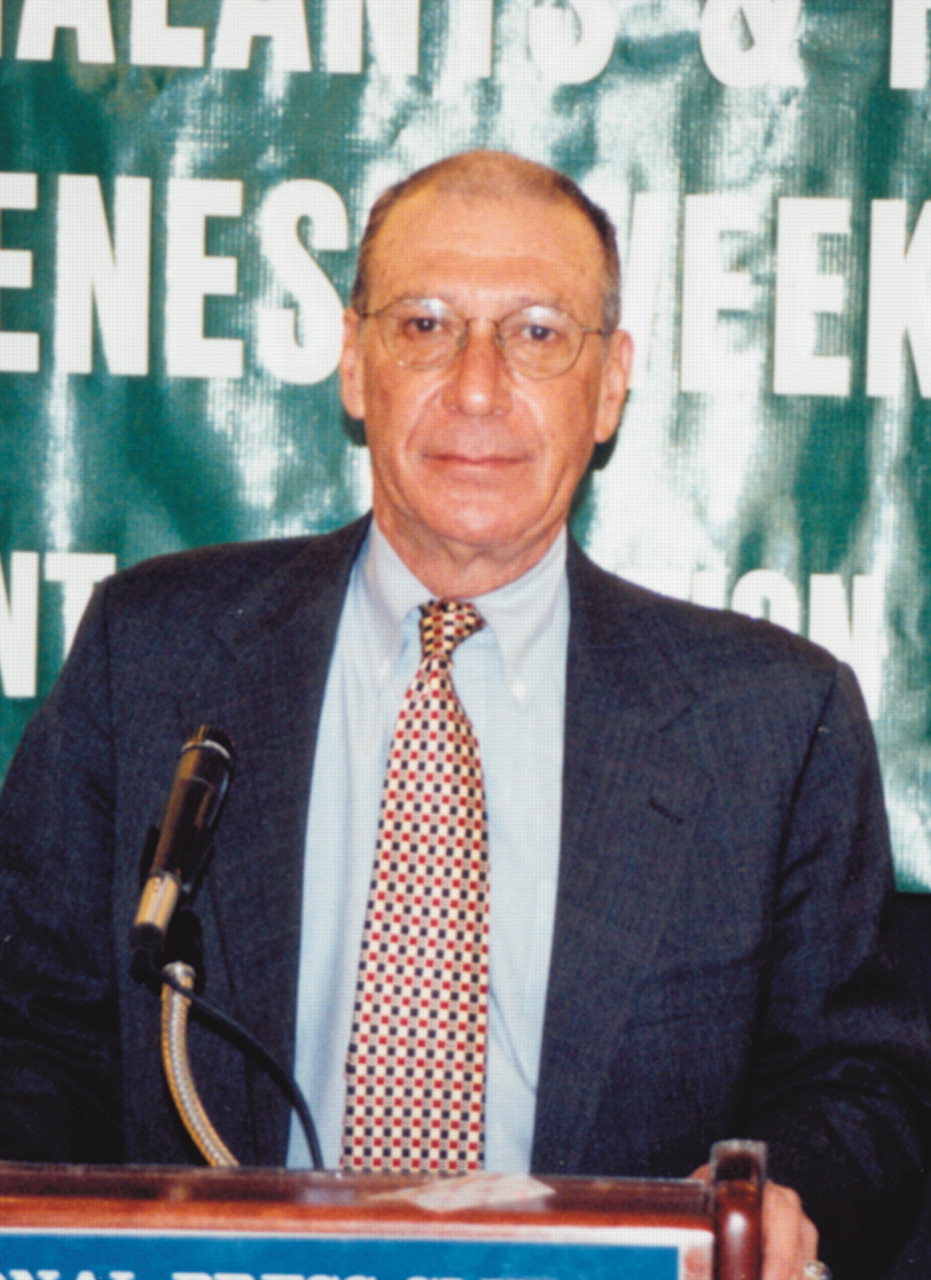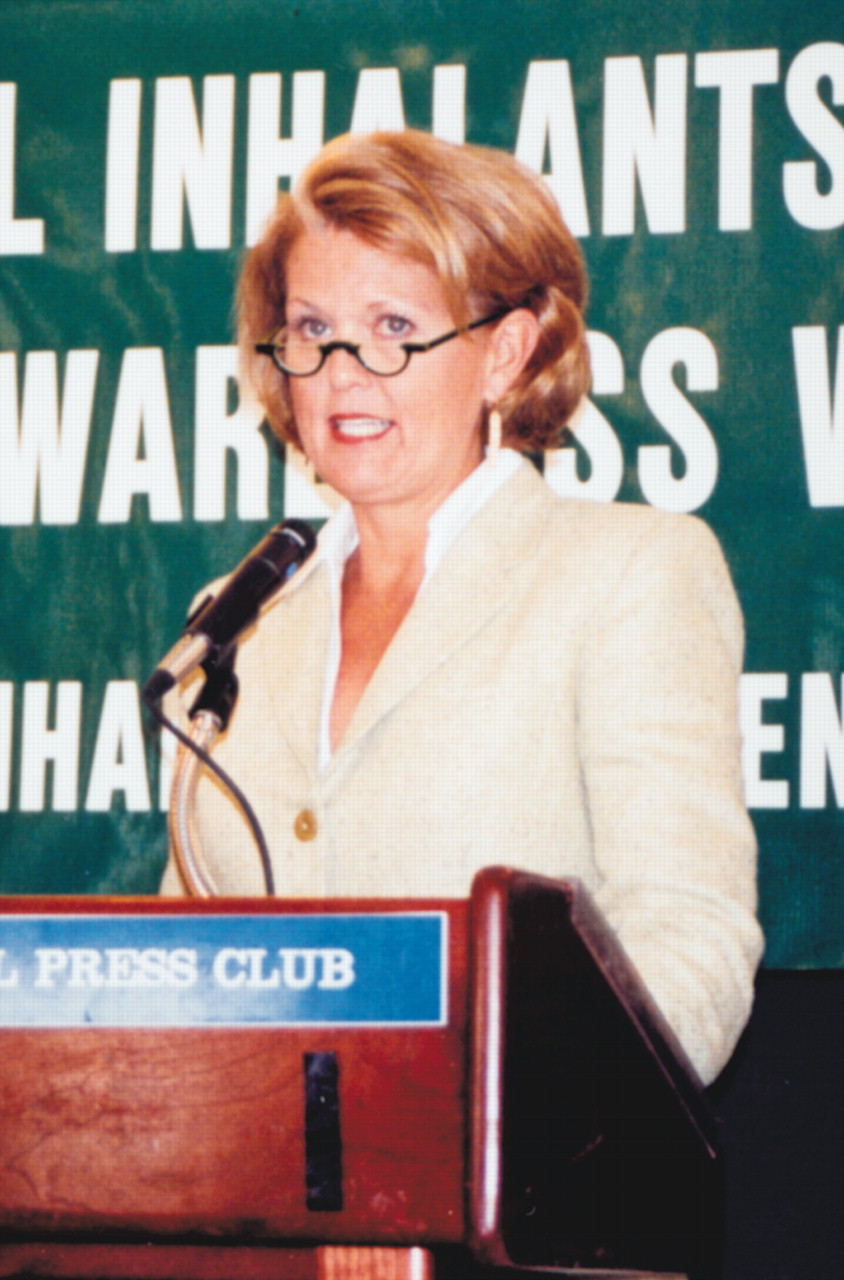Cognitive, Behavior Problems Plague Inhalant Users
Although 140,000 people in the United States are abusing inhalants, only slightly more than 1,000 are being treated for inhalant abuse at state and federal facilities, according to Harvey Weiss, M.B.A., executive director of the National Inhalant Prevention Coalition (NIPC), based in Austin, Tex.
Due to the unique treatment needs of inhalant abusers, Weiss said, many facilities do not take patients with this type of addiction.
“Detoxification from inhalants takes longer than it does for other drugs—anywhere from two to four weeks,” said Weiss. “Treatment professionals must also address the deficits in those who are dependent.”
Weiss appeared at a press conference in Washington, D.C., in March to announce the release of an inhalant treatment advisory from the Center for Substance Abuse Treatment (CSAT) and the development of NIPC-crafted guidelines for inhalant abuse treatment.
The deficits Weiss described range from mild cognitive impairment, including lack of concentration or attention and poor memory skills, to severe dementia. For this reason, the NIPC guidelines recommend that initial therapy sessions for people who abuse inhalants be limited to 15 to 20 minutes.
In addition, emotional problems, violent behavior, and depression have been associated with inhalant abuse.
CSAT Director Westley Clark, M.D., J.D., M.P.H., who appeared with Weiss, said many young people who abuse inhalants are “polysubstance users with poor academic records.”
The cognitive and behavioral problems described by Clark and Weiss strike many as tragic because inhalant use often begins early in life.

Harvey Weiss, M.B.A.: “Inhalants are usually the first substance a child experiments with.”
Early use of inhalants may be due in part to their ubiquity and the impossibility of regulating them. According to NIPC literature, people “huff,” or inhale, the fumes from products such as hairspray, butane, cooking spray, whipped cream, correction fluid, and bleach for a brief feeling of euphoria.
Common signs of inhalant abuse include red or runny eyes or nose, spots or sores around the mouth, nausea, loss of appetite, and excitability or irritability.
According to the 2001 Substance Abuse and Mental Health Services Administration (SAMHSA) 2001 National Household Survey on Drug Abuse, more than 800,000 youth aged 12 to 17 years reported using an inhalant that year.
Weiss also cited data from the 2002 Monitoring the Future Survey, conducted by researchers at the University of Michigan, to forecast the future of inhalant use. “Danger lurks on the horizon,” he said, due to the decrease in perceived harm of inhalant use by eighth and 10th graders surveyed. For instance, 45.6 percent of eighth graders perceived inhalant use as dangerous in 2001, compared with 42.8 percent in 2002. Similar declines were seen among 10th graders. ”With such declines, we expect to see increases in use,” Weiss said.
According to SAMHSA’s survey, more than 18 million people over the age of 12 admitted to having used an inhalant in 2001. “As you think about these numbers,” Weiss remarked, “bear in mind that any time an inhalant is used—even the first time—that person can die.”
“Sudden sniffing death” happens when inhalant use causes heart rhythm disturbances and, soon after, cardiac arrest. Weiss said that between 1994 and 2001, he talked with more than 700 parents who had lost a child to inhalants.

Toy Johnson Slayton: “My hope is that no other family will endure the pain we have.”
“We, his parents, were too focused on illegal drugs and alcohol abuse. Not once did inhalant use ever cross our minds,” Slayton said.
Her son had bought two cans of butane at 7:12 p.m. and was pronounced dead by 7:42 p.m., she said. After he had inhaled the butane, the boy’s heart stopped, and his truck crashed into a tree.
“My hope is that no other family will endure the pain we have,” she said.
More information about the National Inhalant Prevention Coalition, including its new treatment guidelines for inhalant abuse, is posted on the Web at www.inhalants.org. ▪



